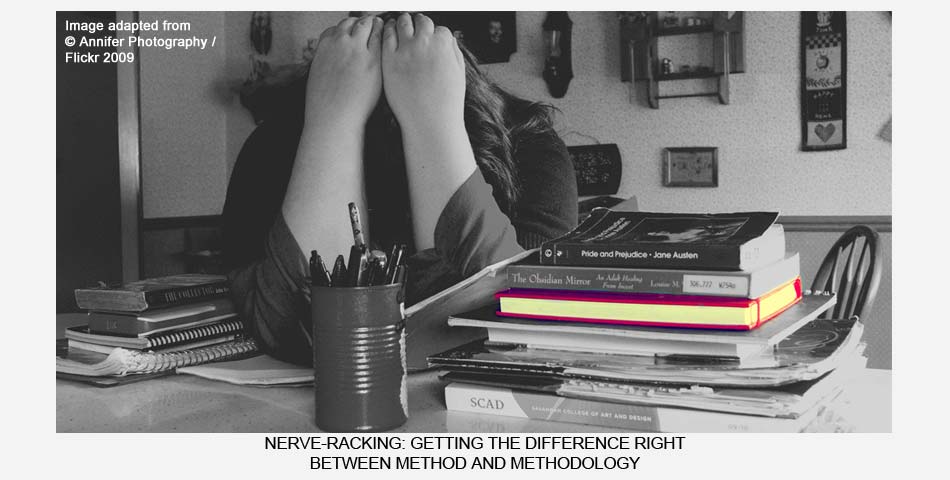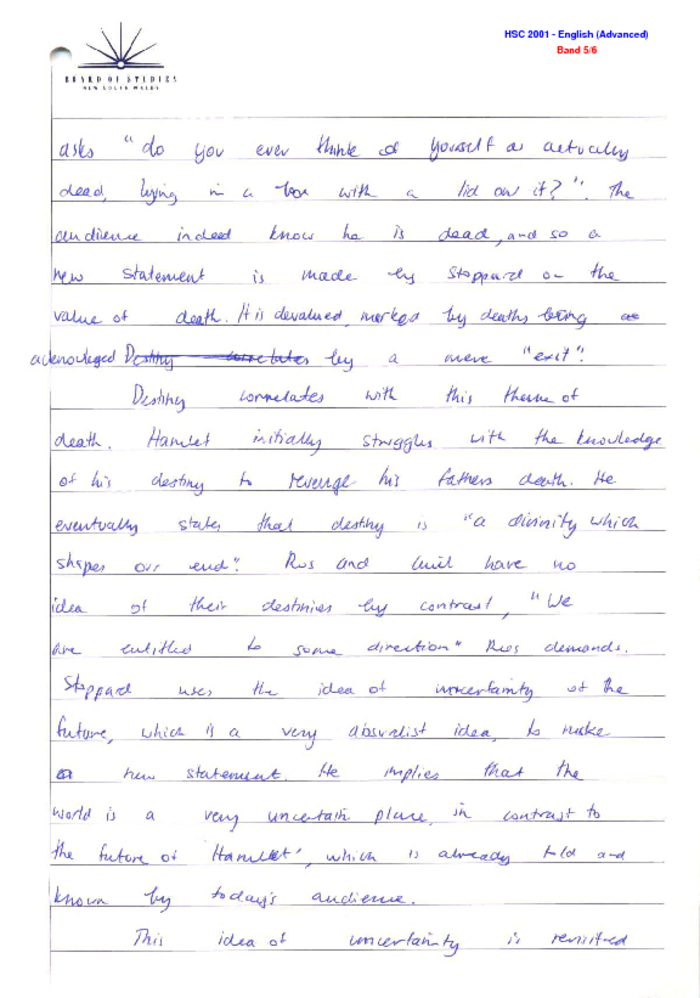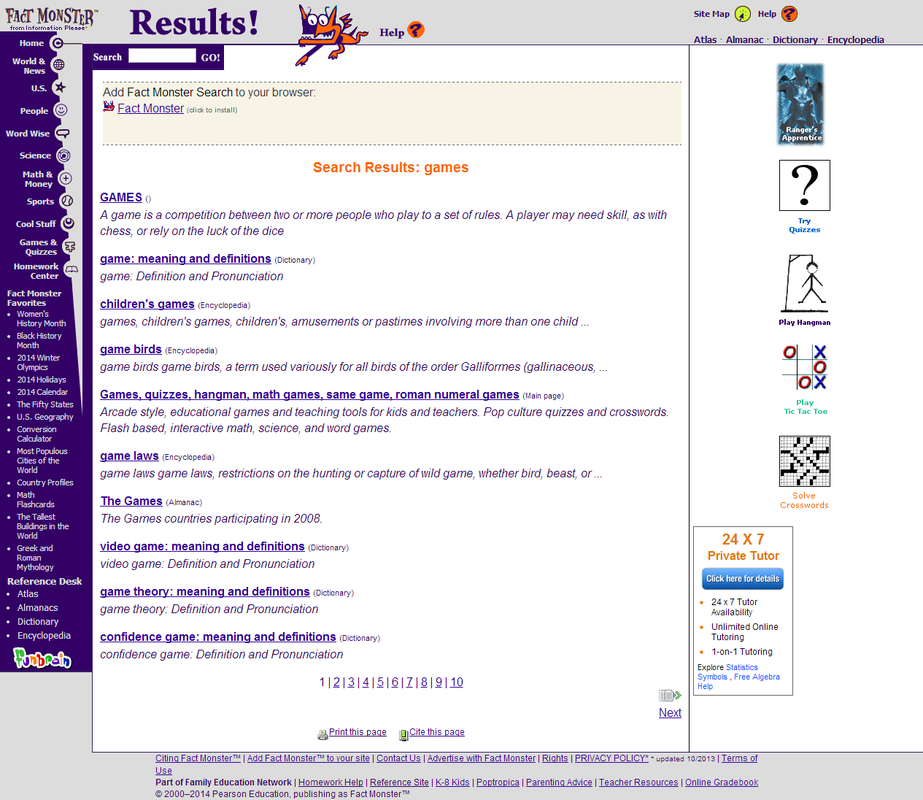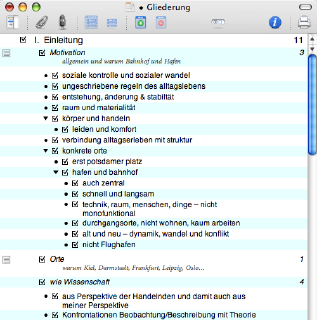Short essay on Vascular Tissue System.
Meaning of Vascular Tissue System: The vascular tissue system consists of the complex tissues, xylem and phloem, which constitute discrete conducting strands called vascular bundles. Each bundle is the isolated unit of the longitudinal strands of conducting tissues consisting essentially of xylem and phloem, frequently with a sheath of thick walled cells or other interspersed cells.
The vascular tissue system is primarily made up of Xylem and Phloem. The vascular system is responsible for transporting water, minerals, and food across the plant. Xylem and phloem exist in strands called as vascular bundles. Vascular bundles are of three types: Radial, Conjoint and Concentric.

Orientation of Vascular Tissue: In the leaf traces of flowering plants, before they have the stele, the phloem is always found towards the outside of the stem. The leaf traces after their entrance in the petiole and lamina, also maintain the relative position of the xylem and the phloem, i.e., the phloem is always found towards the lower side and the xylem towards the upper side in the leaf.

Short essay on Vascular Tissue System The vascular or fascicular tissue system is derived from procambium and serves as the conducting system of plants. The vascular tissue system consists of varying number of strands or bundles of tissues embedded in the ground tissue known as vascular bundles.

The vascular system of a three-year-old eudicot stem consists of 3 rings of xylem and 1 of phloem. If you were able to walk into an opening cut into the center of a large redwood tree, when you exit from the middle of the trunk (stem) outward, you would cross, in order.

There are also two meristems associated with vascular tissue: the vascular cambium and the cork cambium. All the vascular tissues within a particular plant together constitute the vascular tissue system of that plant. The cells in vascular tissue are typically long and slender.

The first cells to mature, in either leaf or stem, belong to the vascular tissue. In the promeristem, where all cells are isodiametric and alike, continuing longitudinal divisions set apart in some areas strands of elongate, slender cells with dense cytoplasm.

Xylem is a specialized type of vascular tissue created in vascular plants to transport water and nutrients from the roots of a plant to the tips of the leaves. Every cell in the plant needs water and minerals to survive, and complete necessary reactions. The xylem is created from hollow, dead cells.

Leaf veins are composed of vascular tissue. Vascular tissue consists of tube-shaped structures called xylem and phloem that provide pathways for water and nutrients to flow throughout the leaves and plant.

Similarity: Both stems and roots contain vascular tissues (xylem and phloem), the circulatory system of the plant. Difference: In herbaceous stems, the vascular tissues are contained in bundles; these bundles sit relatively near the surface of the stem. In roots, the vascular tissues form a central core—a location where they're protected from.

Epidermal tissue system consists of epidermis and epidermal outgrowths.. Leaf structure: 2. Ground tissue system.. Vascular tissue system. Vascular tissue includes stele i.e., the central column of a plant body that consists of vascular bundles and pith (if present).

Within the leaf these vascular systems branch (ramify) to form veins which supply as much of the leaf as possible, ensuring that cells carrying out photosynthesis are close to the transportation system.

Vascular bundles Xylem and phloem tissues are found in groups called vascular bundles. The position of these bundles varies in different parts of the plant. In a leaf, for example, the phloem is.


